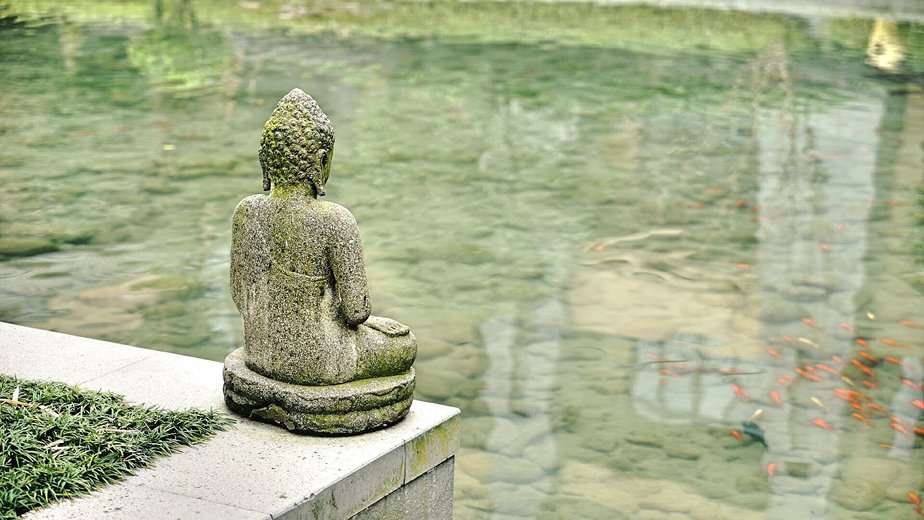
These three alternatives to building a dam are sustainable solutions for water security.
As the global population grows and the demand for water and energy increases, the construction of dams has often been seen as a solution. Dams serve several purposes – from storing water and flood control to generating hydroelectric power. However, the environmental and social impacts of dams – including habitat destruction, displacement of communities, and changes to ecosystems – have led to growing concerns. As a result, alternatives to dam construction are being explored. Here are three sustainable alternatives to building a dam:
1. Groundwater Recharge Systems:
What it is: Groundwater recharge refers to the process by which surface water moves downward into the ground, replenishing underground aquifers. Managed Aquifer Recharge (MAR) is a deliberate method of storing surface water underground to be retrieved for later use.
Benefits: With over-extraction of groundwater being a primary concern in many regions, MAR can act as a countermeasure, ensuring a sustainable source of water for the future. Unlike dams, MAR doesn’t require the inundation of vast land areas, thus minimizing ecological disruptions.
2. Sustainable Water Harvesting and Storage:
What it is: Rainwater harvesting involves capturing and storing rainwater for domestic or agricultural use. Methods range from simple rain barrels to more elaborate systems with pumps and filtration.
Benefits: Rainwater harvesting reduces dependency on freshwater sources, alleviating the need for dams. It encourages local water storage solutions, reducing water wastage, and promoting sustainable water management at the community level.
3. River Runoff Management:
What it is: Instead of building dams, we can adopt more natural ways of managing river flow. This includes creating floodplains or wetlands that act as natural buffers during high rainfall, absorbing excess water.
Benefits: Wetlands and floodplains enhance biodiversity, improve water quality, and act as carbon sinks. Additionally, they serve as habitats for numerous species and provide recreational and tourism opportunities. They also mitigate flood risks, reducing the perceived need for dams as flood control mechanisms.
Conclusion:
While dams have played a critical role in meeting the world’s water and energy needs, the environmental and social costs associated with them are undeniable. These five alternatives provide not only sustainable solutions but also align with global efforts to combat climate change, conserve biodiversity, and ensure equitable resource allocation.
Exploring these alternatives requires interdisciplinary collaboration – involving engineers, environmentalists, policymakers, and local communities. But with the urgency of the current global challenges, such innovations and collaborations are not just beneficial, they are imperative. Embracing these alternatives could pave the way for a more sustainable and harmonious coexistence with nature.
More reading
8 Steps to Achieving Water Security for Your Family

Pingback: The Ecological Footprint Of Earth Dams | Big Ditch Dam Building Company